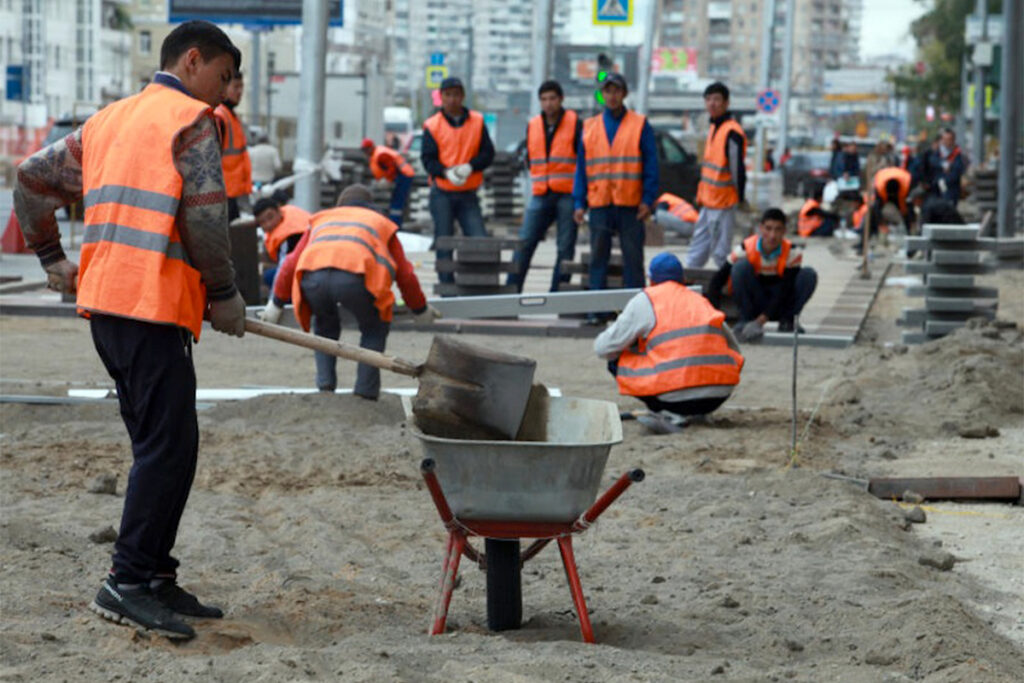
 In an attempt to unravel the complex interplay between housing conditions, labor migration, and economic development in Kyrgyzstan, this research embarked on an extensive data collection journey that sought to explore these critical dimensions in a comprehensive and inclusive manner. Due to multifaceted nature of these issues, the study was meticulously designed to capture a broad spectrum of experiences and perspectives from across the country, ensuring that the voices of those directly affected by these phenomena were heard and represented.
In an attempt to unravel the complex interplay between housing conditions, labor migration, and economic development in Kyrgyzstan, this research embarked on an extensive data collection journey that sought to explore these critical dimensions in a comprehensive and inclusive manner. Due to multifaceted nature of these issues, the study was meticulously designed to capture a broad spectrum of experiences and perspectives from across the country, ensuring that the voices of those directly affected by these phenomena were heard and represented.
Central to this initiative was a comprehensive national survey, which covered 2,400 households across both urban and rural areas of Kyrgyzstan. This extensive survey aimed to provide a detailed and nuanced view of the living conditions, economic challenges, and aspirations of families, particularly those impacted by labor migration. By examining key indicators such as housing quality, employment opportunities, and remittance flows, the survey offered invaluable insights into how migration shapes economic development, family well-being, and the broader social fabric of the nation.
The data collected not only highlighted the economic hardships faced by many families but also revealed their resilience and strategies for coping with the disruptions caused by migration. This survey served as a crucial foundation for understanding the everyday realities and challenges faced by Kyrgyzstani households as they navigate the pressures of economic change.
To enrich the quantitative findings from the national survey, the project integrated a qualitative component in the form of six focus group discussions conducted in different regions of Kyrgyzstan. These focus groups were designed to facilitate in-depth discussions, providing a platform for participants from various backgrounds and walks of life to share their personal stories, concerns, and aspirations. The participants, who included migrants, their family members, local leaders, and community representatives, engaged in lively discussions that delved deeply into the nuances of housing conditions, the socio-economic impacts of migration, and the broader implications for community cohesion.
The focus groups illuminated how migration not only affects individual households but also transforms community dynamics, influencing everything from local economies to cultural practices and social networks. These conversations brought to light the personal stories behind the statistics, giving context to the survey data and providing a more holistic understanding of the issues at hand. Participants shared their struggles with inadequate housing, the pressures of supporting family members left behind, and the long-term impacts of migration on community ties. Through these discussions, we gained a deeper appreciation of how economic factors are inextricably linked with social and cultural elements, offering a more complex picture of how development unfolds in Kyrgyzstan.
Overall, by weaving together quantitative data with qualitative insights, the project was able to capture not only the structural challenges faced by households but also the human stories that reflect the resilience, adaptability, and aspirations of Kyrgyzstan’s people. These findings will serve as a valuable resource for policymakers, development practitioners, and community leaders, offering a roadmap for addressing the interconnected challenges of migration, housing, and economic development in a way that is both contextually relevant and responsive to the needs of Kyrgyzstan’s diverse population.
